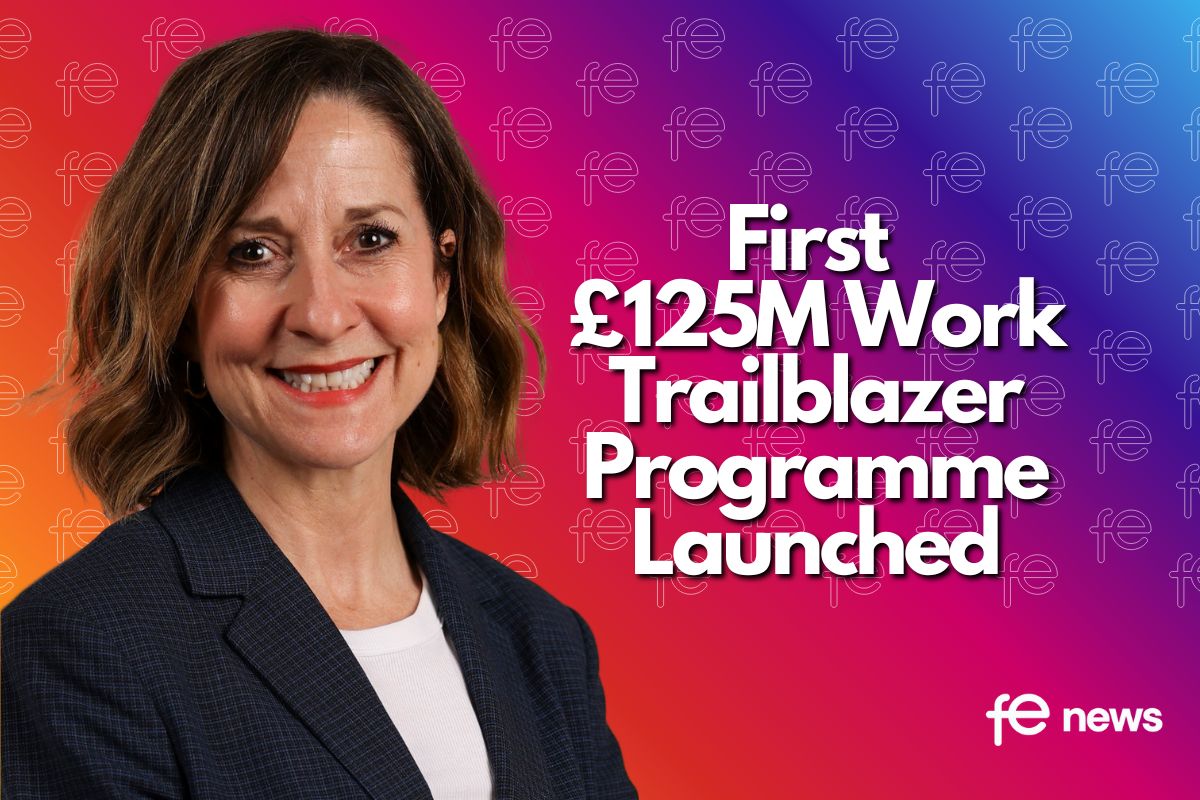The evolving art of setting apprenticeship durations – and the end of OOFs

For a change we have been an employer this week – buying in Degree Apprenticeship training for the shiny new Apprentices that we have hired.
As you would expect one of the questions that our chosen provider asked us was: ‘how long do you want it (the apprenticeship) to last’?
A seemingly minor detail; but one which has a lot of implications.
In a somewhat idealised approach apprenticeships have become an any-age, any-level, any-background, any–duration# open-ended programme with flexibility as its defining characteristic.
This has been an important part of attracting employers but it has also become a bit of a rod for our (delivery) backs. We have allowed individual’s learning capacity and motivation (rather than our timetables) to become the guiding force for deciding how people progress and how long they take.
So what can and should we be in doing about durations in the new standard world?
Playing by the duration ‘rules’
As we move from AY 16/17 to 17/18 there are a few ESFA ‘rules’ in this area to be aware of:
- # the 372 day absolute minimum duration (like ‘a year and day’ but with interest)
- the number of hours an apprentice works (16 min / 30 assumed / 48 max etc) &
- the 20% ‘off the job’ rule which converts duration into training time
There is duration guidance contained in most standards, but it is often fairly ambiguous, with 15-18 months being a typical suggestion. As individual providers are in essence being asked to each create their own curriculum for each Standard that they offer, it is hard for Trailblazer groups to provide precise yet universal duration guidance.
It will be interesting to see if the recommended duration is something that is looked at when standards are renewed after 3 years, when there should be some actual duration data to look at. I think that there is a case for greater harmonisation within, if not across, Standards.
So we generally end up agreeing a duration that ‘feels’ right and which suits us all (employer – learner – provider – ESFA – bank manager) and then importantly adjusting plans as we go along – being ‘responsive’. NB the ‘planned’ end date cannot be changed but as half of all apprentices don’t meet their planned end date the reality is that this isn’t much more than a best guess.
Fading Apprentices
As I have written about before, outside of a few specific sectors Apprentices don’t generally fail they just fade away – maybe this will change.
Flexibility can be a real selling point but it does make things complicated and means that we often end up measuring progress at an individual not a programme level. This makes reporting hard work and adds to the general lack of definition which has haunted apprenticeships.
Fixed term / Apprenticeship contracts can also be an influencing factor, with some apprentices desperate to achieve and move into permanent or higher paid employment and others never wanting their apprenticeship to end, as it might spell the end of their employment… It is well worth agreeing upfront how long we might give someone in those circumstances, and who it is who will call time if we need to.
Providers will also be wary of Success and Timely success rate factors; as this is a system gives you just enough rope…
End Point Assessments
The introduction of EPAs will have a profound impact (if they take off):
- Introducing an independent third party to effectively close an Apprenticeship means a more definite (and expensive) end to the course – one of the key Richard review objectives
- It is unlikely that EPAs could ever be as flexible as individual Assessors have been and so we should expect their introduction to add more structure to Apprenticeships durations and
- It will no longer be practical or profitable for providers to chase potential completers.. (and who would pay for EPA number 2,3,4….?) this may well spell the end for my favourite Apprenticeship acronym, the ‘O.O.F’ (Out Of Funding learner)
Duration also equals cash flow; from a Levy account – into a provider’s.
This ought to be the last thing we consider, but it does create a tension known as the ‘cash flow vs timely success rate continuum‘ where setting shorter durations means a healthy provider cash flow but puts pressure on success rates; whilst setting longer durations has the opposite effect.
Levy paying employers might well have a view about how quickly or slowly they want money to leave their accounts. But I think that we should resist this as an influencing factor when setting programmes up.
So in the end I have said lets go with 4 years for our Degree apprentices and if anyone successfully completes before then we will all stand to gain.
Richard Marsh, Director of Apprenticeship Partnerships, Kaplan Financial












Responses